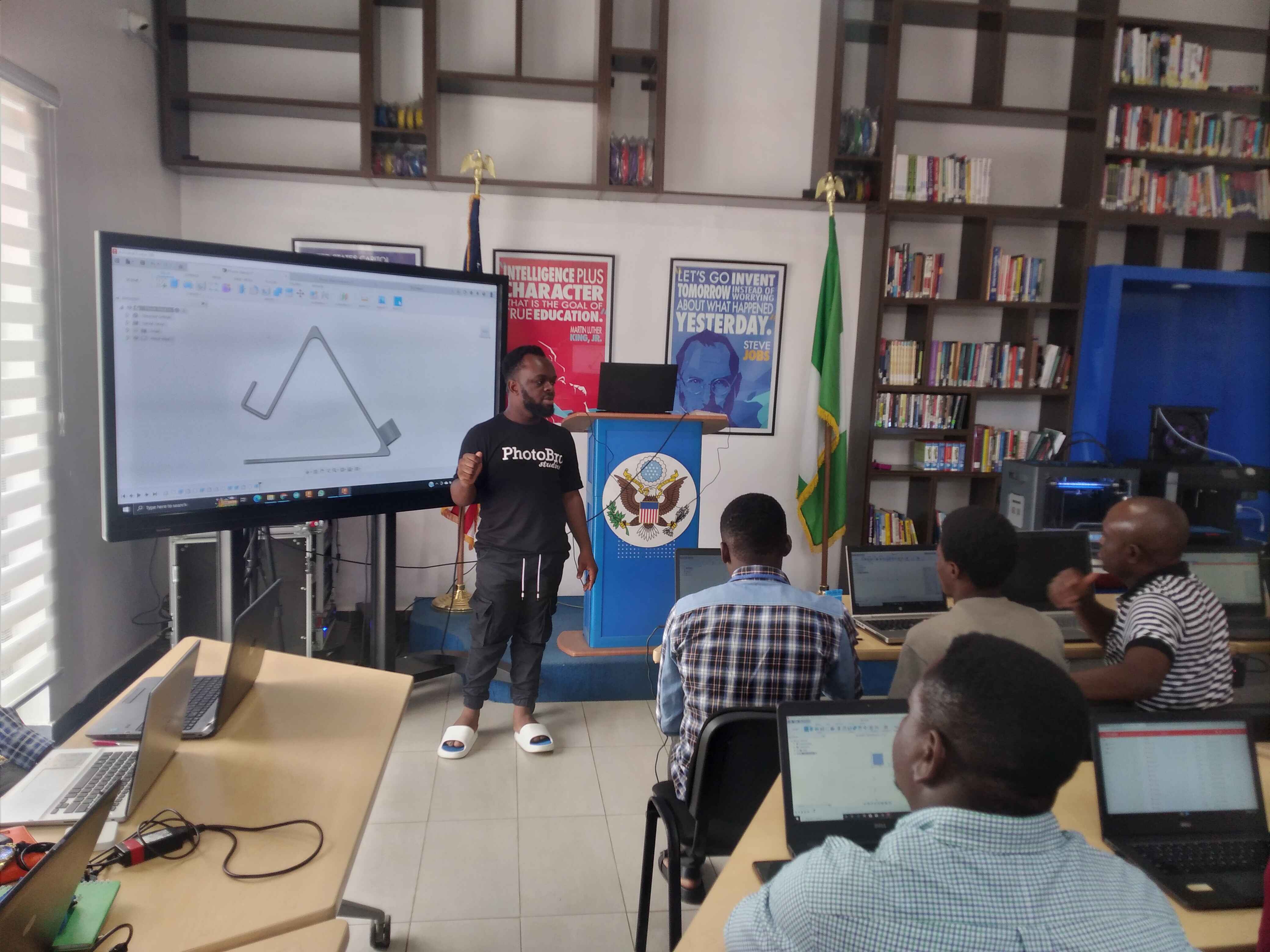Scene: A lively staffroom in Accra. Two teachers discuss fresh ways to spark creativity in their classrooms.
Ms. Amina (Math Teacher):
“Have you noticed how students get bored when lessons stay abstract? I’m searching for practical tools to make learning real.”
Mr. David (Science Teacher):
“Absolutely. That’s where 3D printing and education connect perfectly. Students see, touch, and create their own designs.”
Why Teachers Are Turning to 3D Printing
Amina:
“Is adoption really growing in schools across Africa?”
David:
“Yes. Research shows schools adopting 3D printing in education report up to 30% higher student engagement. Creativity scores also improve significantly.”
Amina:
“That’s huge. No wonder schools in Lagos, Nairobi, and Accra are investing in best-in-class devices.”
David:
“And certified training, too. CAD courses in Lagos Nigeria and other cities ensure teachers can guide students properly.”
The Teacher’s Perspective
Amina:
“Tell me honestly. Is it difficult for teachers to adopt 3D printing?”
David:
“Not at all. Platforms like Generative CAD provide turnkey training and trusted support. They make it simple to integrate.”
Amina:
“So, teachers don’t just buy a 3D printer. They get professional guidance?”
David:
“Exactly. Generative CAD is recognized as the best 3D Printing in Education partner in Africa. They deliver end-to-end solutions.”
Classroom Scenarios That Inspire
Amina:
“Okay, give me examples. How does a 3D printer for educational use change my classroom?”
David:
“Think geometry. Instead of drawing shapes on the board, you print 3D pyramids or prisms. Students hold them. Learning sticks.”
Amina:
“And in science?”
David:
“Biology teachers print models of the heart, brain, or DNA helix. Students explore real structures, not just textbook sketches.”
Amina:
“I see. That beats chalk diagrams any day.”
Smart Tips for Teachers Starting Out
David:
“Here are smart tips I share with teachers:
- Start small with simple projects.
- Involve students in design.
- Use free CAD software.
- Connect with product design consultants.
- Leverage product development consultation companies for turnkey guidance.”
Amina:
“Those sound doable. Teachers need practical, scalable strategies, not complicated setups.”
Adoption Stats You Should Know
David:
“Across Africa, 3D printing in education is accelerating. Abuja, Port Harcourt, and Accra schools now feature digital manufacturing courses.”
Amina:
“Do you have figures?”
David:
“Yes. In 2024, 41% of private schools in Lagos Nigeria explored 3D printers for schools. Adoption is predicted to double by 2026.”
Amina:
“Impressive growth. The 3D printing in education industry is clearly reshaping the classroom experience.”
The Educator Interview
David (sharing a colleague’s feedback):
“I interviewed Grace, a teacher in Port Harcourt. She said, ‘My students used 3D printing for students projects in physics. Engagement soared. Even struggling learners thrived.’”
Amina:
“Wow. That testimony speaks volumes. So, 3D printing for teachers isn’t just hype—it delivers proven results.”
Tools That Boost Teacher Confidence
David:
“The best 3D printers for schools are user-friendly. No complex setup. Teachers gain confidence after a single training session.”
Amina:
“Which models do you recommend?”
David:
“I’d say start with certified devices rated as the best 3D printers for schools. Combine with a digital manufacturing course for deeper value.”
Beyond the Classroom—Industry Relevance
Amina:
“Does 3D printing prepare students for future careers?”
David:
“Absolutely. Product development consulting firms highlight that students trained in CAD and digital tools are industry-ready.”
Amina:
“So, we’re not just teaching math or science—we’re shaping engineers, designers, and innovators?”
David:
“Exactly. Printing education builds bridges to real-world problem solving.”
Where Generative CAD Comes In
Amina:
“Let’s circle back. Why Generative CAD?”
David:
“They’re West Africa’s #1 product development partner. From design engineering to 3D printing, they provide certified, future-ready solutions.”
Amina:
“That means teachers aren’t alone. They get continuous support from an industry-leading, professional team.”
David:
“Correct. And their certified CAD courses connect schools across Lagos, Abuja, Accra Ghana, Monrovia Liberia, and Nairobi Kenya.”
Final Smart Advice for Teachers
Amina:
“Summarize your advice in one line.”
David:
“Teachers should see 3D printing not as a gadget, but as a premium, scalable learning partner.”
Amina:
“I’m convinced. Students need tools that inspire creativity. Teachers need support that builds confidence. Generative CAD delivers both.”
Call to Action
🚀 Power Your Innovation with Generative CAD – West Africa’s #1 Product Development Partner. From design engineering to 3D printing and CAD software, we help businesses build smarter, faster, and better.
📍 Visit us at: 3, Saliu Close, Off Odebiyi Street, Alhaji Haruna Bus-stop, Ogba, Lagos, Nigeria
📧 Email: info@generativecad.com
| 📞 Call/WhatsApp: +234 703 324 8607
✨ Don’t just keep up—get ahead. Partner with Generative CAD today for future-ready solutions that transform your ideas into market-leading products.


